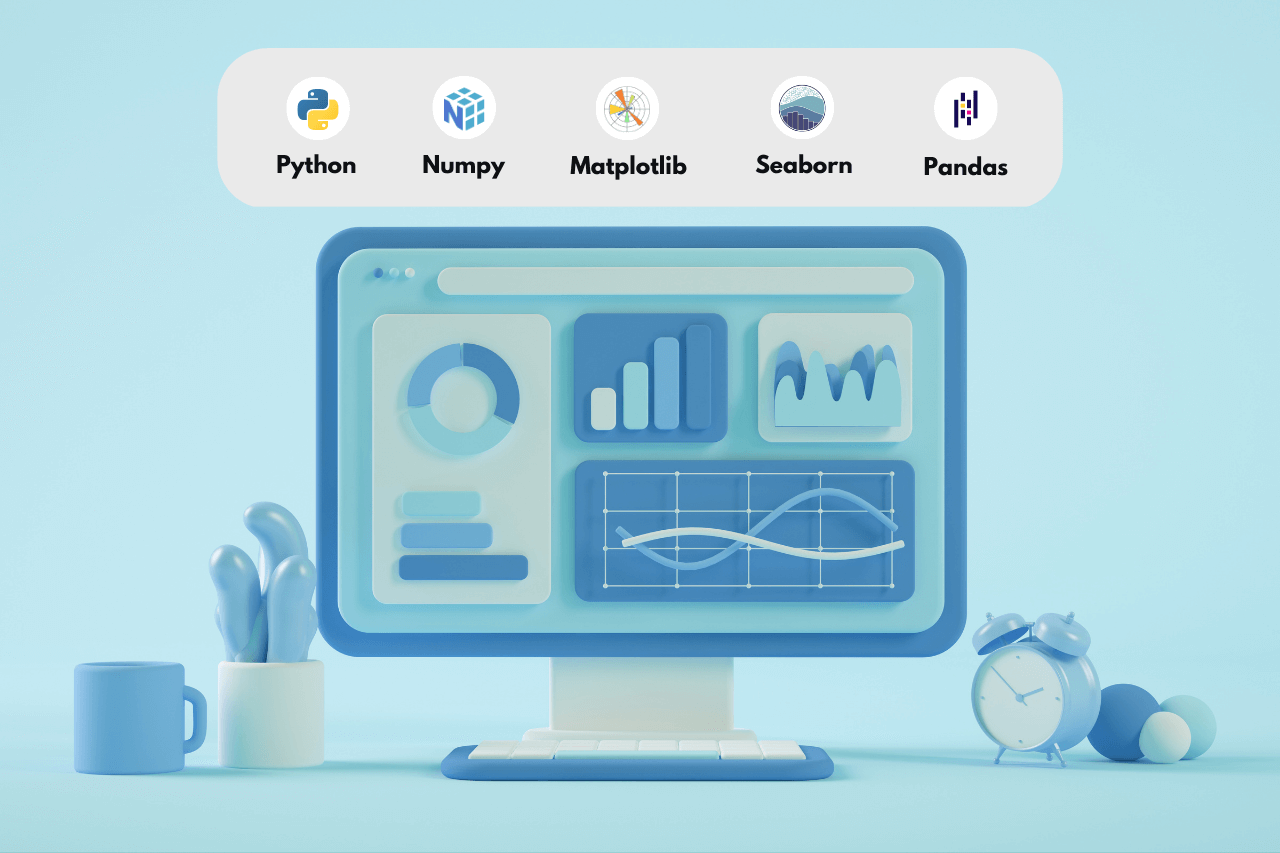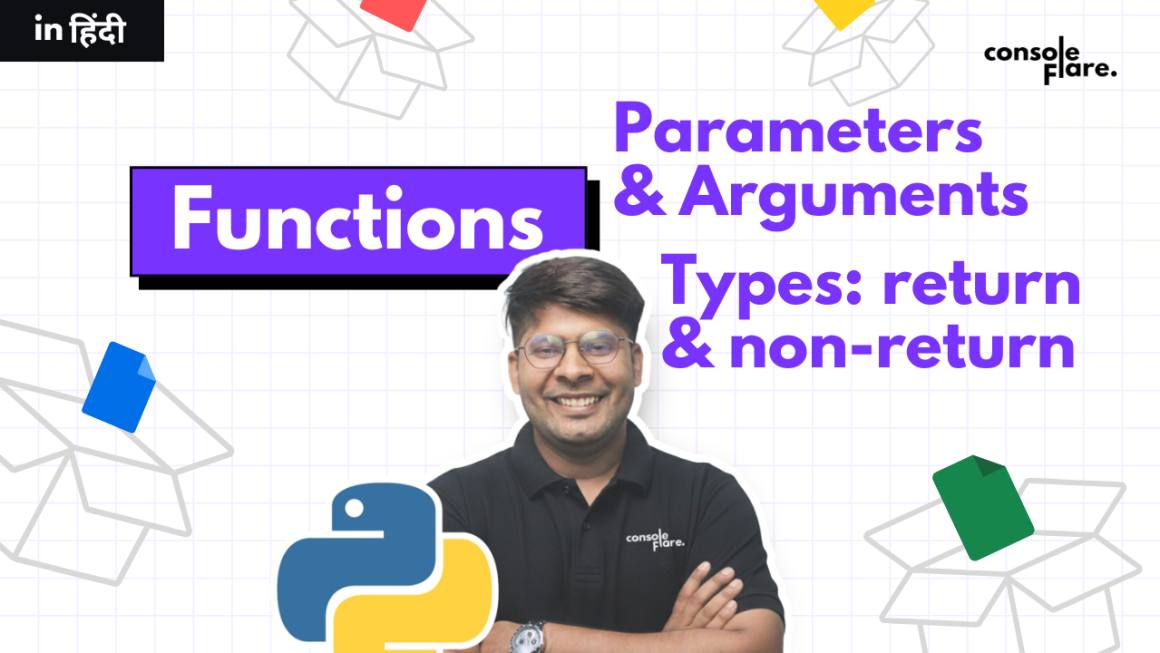Non-IT professionals may feel overwhelmed when it comes to learning data analysis tools. In this article, we will explore some of the top data analysis tools for non-IT professionals to learn, which can help them transform their careers in this field.
In today’s fast-paced world, data analysis is becoming an increasingly essential skill for professionals in all industries. The ability to interpret data, draw insights, and make informed decisions based on that data is vital to the success of any business or organization.
You’re reading the article, Top Data Analysis Tools for Non-IT Professionals.
Data Analysis Tools For Non-IT Professionals
Python: Python is a high-level programming language widely used for data analysis. It has a simple syntax and is easy to learn, making it an ideal choice for non-IT professionals looking to learn data analysis tools. With its extensive libraries like Pandas, Numpy, and Matplotlib, Python provides an efficient and powerful way to perform data analysis and visualization.
Pandas: Pandas is an open-source Python library that is widely used for data manipulation and analysis. It is particularly useful for working with structured data, such as spreadsheets and databases. Pandas provides a range of data structures, including data frames and series, that make it easy to perform complex data operations with just a few lines of code.
Numpy: Numpy is another Python library that is essential for data analysis. It provides support for multi-dimensional arrays and matrices, making it ideal for scientific computing and numerical analysis. Numpy also includes functions for performing advanced mathematical operations, such as linear algebra and Fourier transforms.
You’re reading the article, Top Data Analysis Tools for Non-IT Professionals.
Matplotlib: Matplotlib is a plotting library for Python that makes it easy to create high-quality visualizations of data. It provides a range of plot types, including line, scatter, and bar charts, as well as support for customizing plot elements such as labels and colors.
Seaborn: Seaborn is a Python library that is built on top of Matplotlib and provides more advanced visualization capabilities. It includes support for more complex plot types, such as heatmaps and violin plots, as well as support for statistical analysis.
SQL: SQL (Structured Query Language) is a programming language used for managing and manipulating relational databases. It is an essential skill for data professionals as it provides a way to extract, manipulate, and analyze data stored in databases. Non-IT professionals can benefit from learning SQL to query databases and extract data to perform data analysis.
You’re reading the article, Top Data Analysis Tools for Non-IT Professionals.
If you’re willing to move into data analytics and want to gain command of the above-mentioned tools, you can opt for the Python For Data Analytics certification program by ConsoleFlare.
You’re reading the article, Top Data Analysis Tools for Non-IT Professionals.
PySpark: PySpark is a Python library that provides support for Apache Spark, a distributed computing platform for processing large datasets. It provides an easy-to-use API that enables data professionals to perform data analysis on large datasets with ease. Learning PySpark can be a valuable skill for non-IT professionals looking to analyze big data.
Power BI: Power BI is a business analytics service provided by Microsoft that provides interactive visualizations and business intelligence capabilities with an interface simple enough for end-users to create their dashboards. Power BI is becoming increasingly popular among non-IT professionals, as it allows them to create and share interactive dashboards and reports without the need for programming skills.
While the average salary in data analysis jobs is around 6-7 lacs per annum, the average salary for big data analysts is around 9-12 lacs per annum. If you want to start your career as a bigdata analyst and are willing to gain hands-on experience with tools like Pyspark, you can opt for Masters in Data Science With Power BI certification program by ConsoleFlare.
You’re reading the article, Top Data Analysis Tools for Non-IT Professionals.
In conclusion, data analysis has become a crucial skill for professionals in all industries, and non-IT professionals can also learn it to transform their careers. The data analysis tools discussed in this article, including Python, Pandas, Numpy, Matplotlib, Seaborn, SQL, PySpark, and Power BI, are some of the most demanding and valuable tools to learn for non-IT professionals.
By learning these tools, non-IT professionals can develop their skills and become more valuable to their organizations, opening up new opportunities for growth and advancement. There are various data analytics courses available online that can provide an in-depth understanding of these tools, making it easier for non-IT professionals to learn them and make their career transition.
Hope you liked reading the article, Top Data Analysis Tools for Non-IT Professionals. Please share your thoughts in the comments section below.








